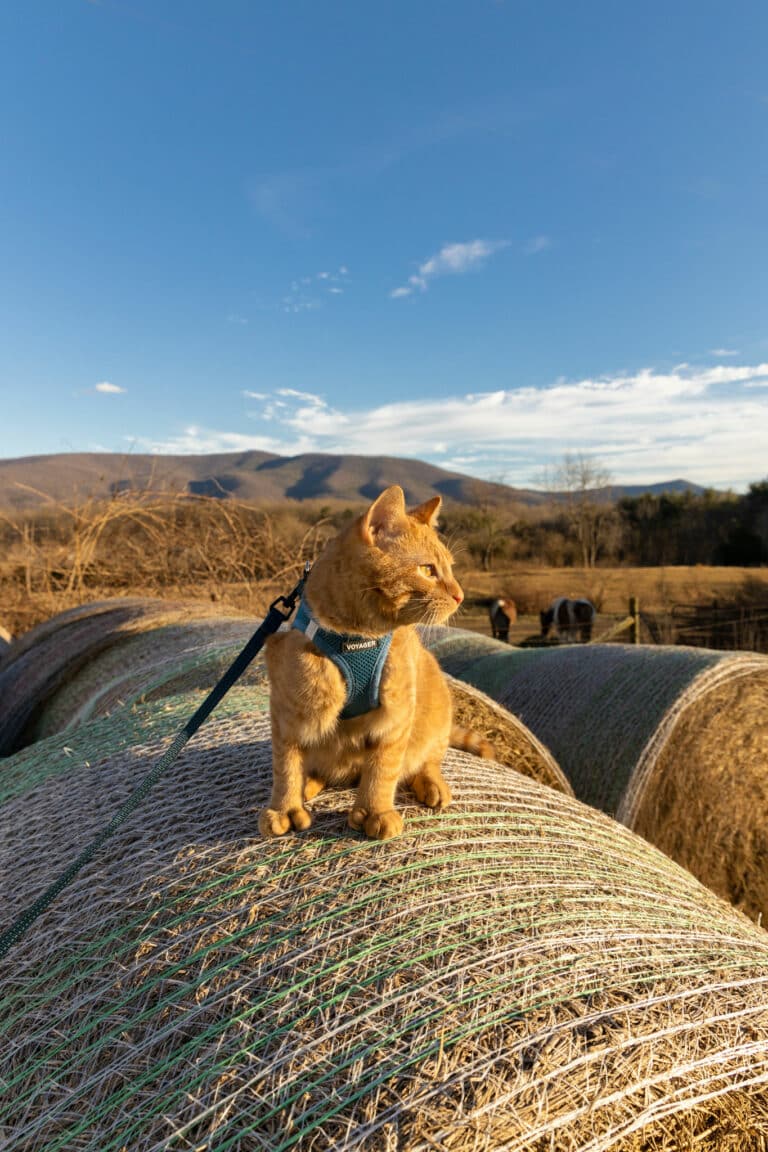For most of her life, Penny Dodson”s spent each morning watching the sunrise in a small cove in the east Tennessee mountains. Now, thanks to the TVA coal ash spill, she sleeps under a strange roof and has spent much of the past few months in emergency rooms and doctors” offices.
Dodson is a former resident of the Swan Pond area of Harriman, ground zero for the spill of over a billion gallons of toxic coal slurry. The toxic sludge flowed into multiple tributaries of the Tennessee River and covered over 300 acres of farmland. Forty-two houses were directly damaged – some completely collapsed – by up to six feet of sludge that eventually settled around residential areas, and 22 people were immediately evacuated. The total impact of this disaster is still being calculated and probably will be for years to come. Meanwhile, residents in the area are looking for answers. TVA”s campaign of denial and misinformation has enabled it to dodge public scrutiny, leaving residents like Dodson stranded in the aftermath.
Dodson raises her 18-month-old grandson, Evan, who suffers from a series of health problems, including cerebral palsy and a seizure disorder, so she was reasonably concerned about the spill debris surrounding her house. Fly ash – a by-product of the combustion of coal – contains toxic heavy metals including arsenic, mercury, and lead, which can cause a long list of health risks including neurological disorders and cancer. If fly ash becomes airborne, it can cause a host of breathing problems. Dodson was initially told by her assigned TVA representative that there was nothing to worry about, but on New Year”s Eve, Evan started having respiratory problems. He was coughing and wheezing, and he also had an extreme loss of appetite. Dodson took him to a children”s hospital in nearby Knoxville, where doctors told her that particles of the fly ash were causing the problems.
TVA immediately offered to relocate Dodson, and she spent 19 days in a motel before being permanently moved to a new house just a few miles away. She”s confined to a strange new setting that feels like anything but home.
“I lived in a little cove that was very quiet,”; she says. “I miss all of that. That was where I wanted to be for the rest of my life. I did not understand that I lived so close to something that could be so disastrous.”;
Dodson is one of hundreds who are still in shock and wondering if a once idyllic waterside community will ever be able to recover. It took over three years to clean up a 2005 ash spill into the Delaware River in Pennsylvania, which was one-tenth the size of the Tennessee disaster. TVA has been unwilling to give residents a timetable, and has continued its campaign of murky doublespeak.
“They keep telling me that this is totally harmless and that the air quality is fine,”; she says. “But why would they pay for me to move if everything is fine? That”s just a little contradictory.”;
Rick Cantrell, a native of Harriman, is also concerned about the future of his community. When Cantrell thinks back on his fondest days in the area, he remembers fishing off a friend”s dock in the small cove where the Emory River empties into the Clinch River. His kids would swim during his afternoons of catching catfish. Now he looks out from the peninsula and sees only a wasteland of gray. The spill pushed the sludge up to the edge of the cove, crushing docks and moving houses off foundations.
“All those times are gone,”; he says. “There will never be water there again. This was not a spill. This was a man-made disaster.”;
Residents are still waiting for a plan of action on the clean-up, and as of February, TVA says it is “working with the state on a disposal plan.”; Cantrell”s cove was leveled out and covered with grass seed. What was once a cove with 50 feet of water will turn into a green field by summer. Over 200 acres of the exposed ash was blanketed with seed as a temporary fix.
Tourism is another major concern of Roane County locals. Boating and fishing in these waters are a major source of revenue in the warmer months, and every summer Kingston hosts one of the region”s biggest Fourth of July celebrations, which includes waterfront fireworks displays and raft races.
“Right now they are literally covering up what”s happened here,”; says Cantrell. “I”m not an environmentalist, never have been, never will be, but what”s happening right now is wrong. I am speaking up because I care about my community, and I don”t know if it will ever be the same.”;







